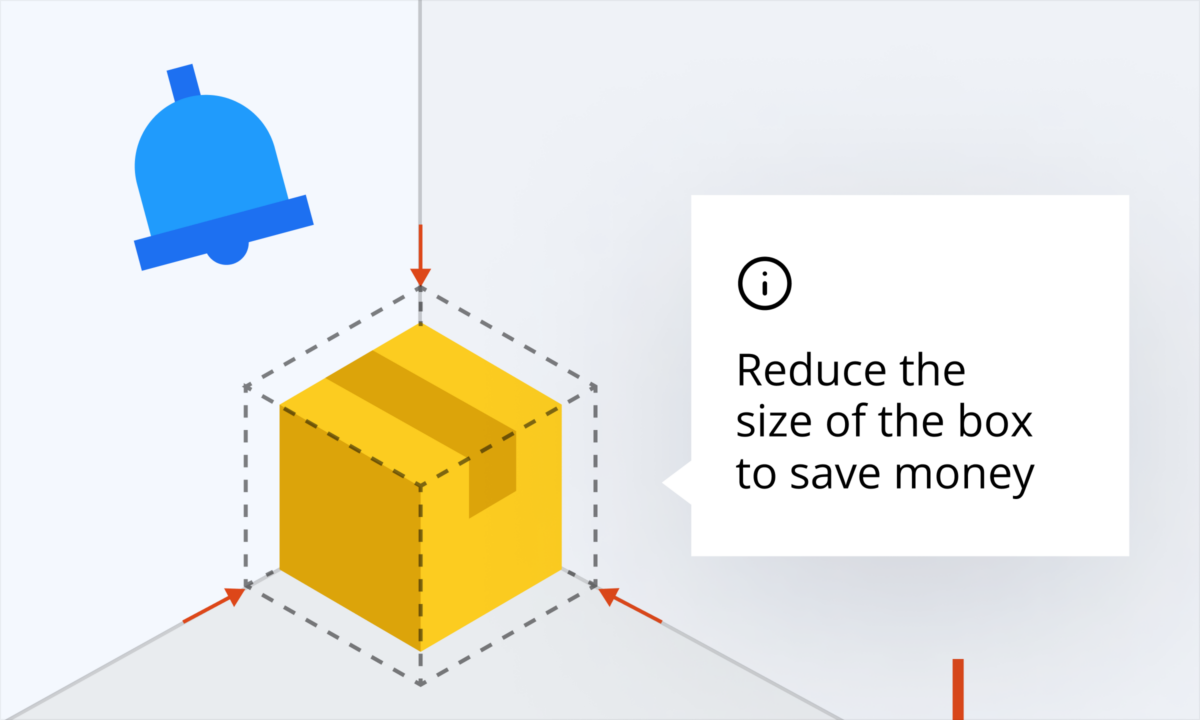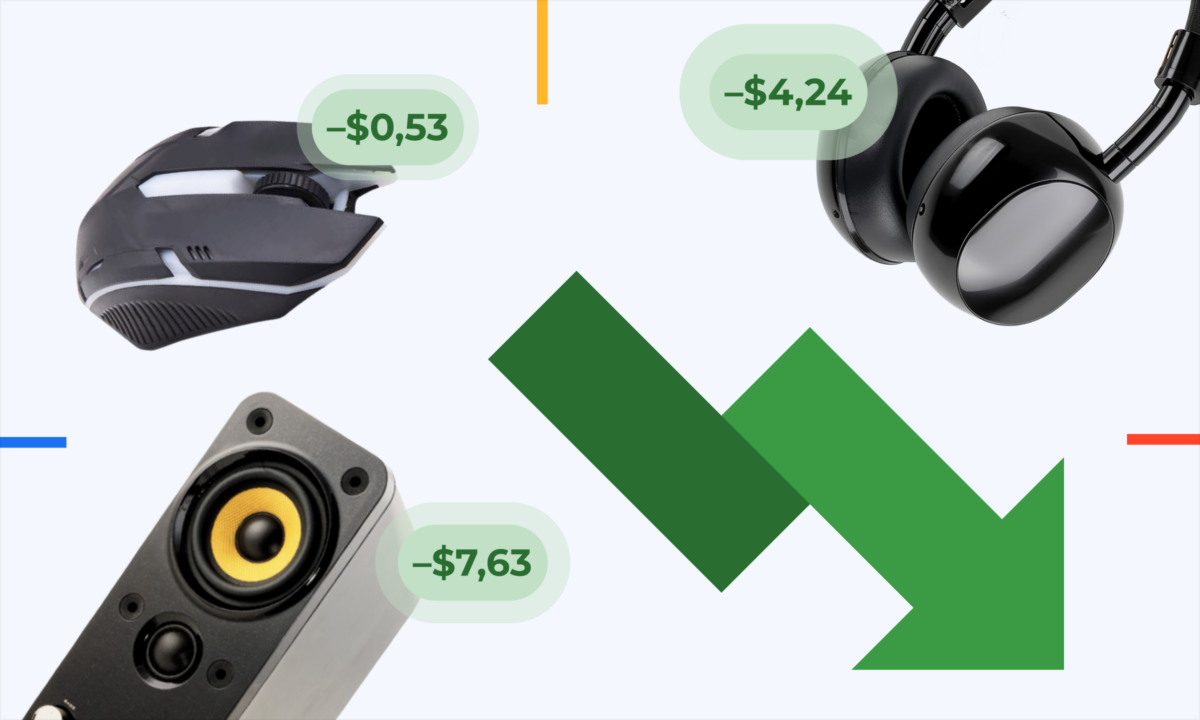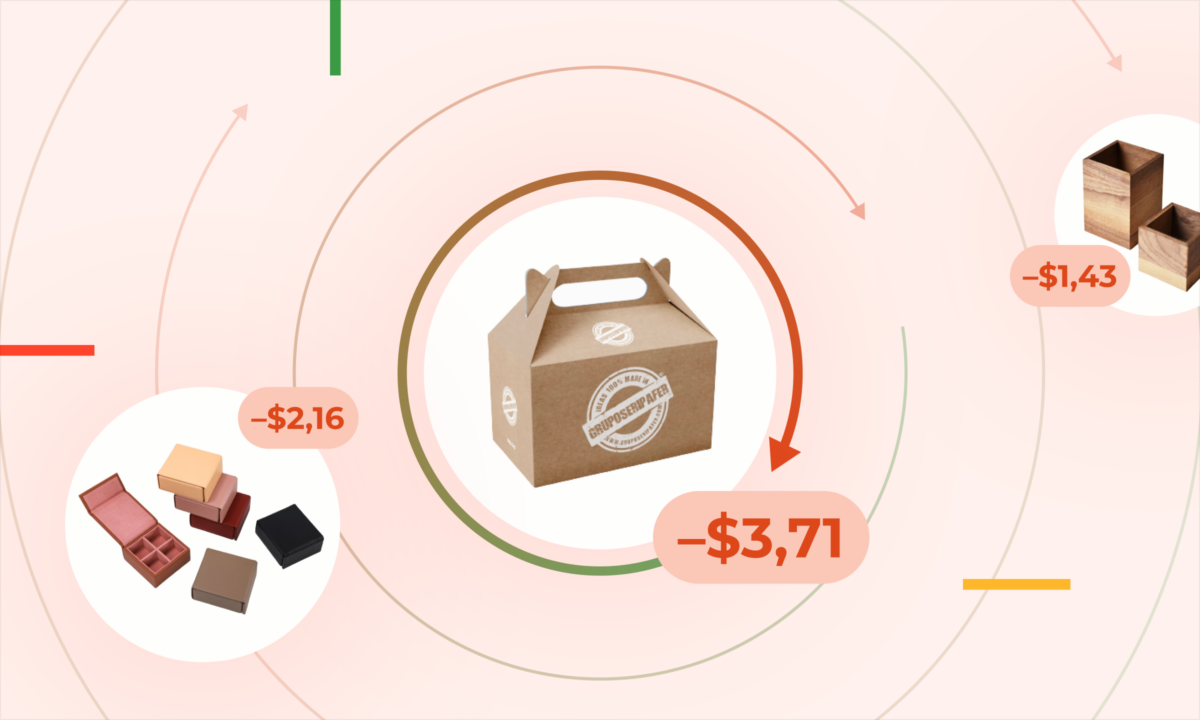Selling on Amazon offers vast opportunities, but it also comes with a complex structure of fees that can silently erode profits if not monitored closely. Understanding and periodically analyzing these fees is essential for every Amazon seller who aims to maintain healthy margins and optimize business performance.
Why Amazon Fees Matter
Amazon charges sellers a variety of fees, including referral fees, fulfillment fees, storage fees, and even hidden charges like return processing or long-term storage fees. These fees can add up quickly, significantly impacting your bottom line without you even noticing.
For example, a slight increase in fulfillment fees or an unnoticed surge in return processing charges can quietly drain profits. Sellers who rely solely on sales revenue without considering these costs might find themselves with shrinking profit margins despite steady or even growing sales.
The Need for Periodic Analysis
Periodic analysis of Amazon fees allows sellers to:
- Identify Unnecessary Costs: Regular reviews help uncover fees that could be avoided through better inventory management, optimized shipping strategies, or more effective listing practices.
- Adjust Pricing Strategies: Understanding the exact fees tied to each product helps in setting prices that ensure profitability.
- Improve Operational Efficiency: Spotting trends in fees can reveal inefficiencies in fulfillment or inventory storage that, when corrected, reduce costs.
- Enhance Financial Forecasting: A clear picture of fee structures aids in more accurate profit projections and financial planning.
Examples of Specific Amazon Fees and How to Avoid Them
- Long-Term Storage Fees: These fees are charged for inventory stored in Amazon warehouses for more than 365 days. Sellers can avoid these by regularly auditing their inventory, implementing better demand forecasting, and running clearance promotions to move slow-selling products.
- Refund Administration Fees: Amazon charges a fee when a customer is refunded, which can eat into profits, especially with high return rates. Reducing this fee involves improving product descriptions and images to set accurate expectations, thereby lowering return rates. Additionally, offering superior customer service can help resolve issues before they lead to returns.
- Unplanned Service Fees: These occur when inventory arrives at Amazon’s fulfillment centers without proper labeling or packaging. To avoid these, ensure all products meet Amazon’s FBA preparation and labeling requirements before shipment. Using Amazon’s FBA Label Service can be a cost-effective solution if managing labels in-house is challenging.
- High-Dimensional Weight Fees: For products with large dimensions but low actual weight, Amazon charges based on dimensional weight. Redesigning packaging to be more compact can help reduce these fees. Evaluating packaging materials and shipping methods regularly can also lead to cost savings.
- Removal and Disposal Fees: When removing unsold inventory from Amazon warehouses, sellers are charged removal or disposal fees. To minimize these, consider proactive inventory management strategies, like bundling slow-moving items or running targeted promotions.
How Sellerboard Helps
This is where sellerboard becomes an indispensable tool. The profit dashboard in sellerboard offers a comprehensive view of all applied Amazon fees, both at the account and product levels. Sellers can see:
- Detailed Breakdowns: Every fee, from referral charges to FBA fees, is clearly itemized.
- Account-Level Insights: Understand the overall fee impact on your entire business.
- Product-Level Analysis: Identify which products are most affected by specific fees, helping to adjust strategies accordingly.
- Historical Data: Track fee changes over time to spot trends and make informed decisions.
- Customizable Reports: Generate tailored reports to focus on specific fee categories or time periods, enhancing decision-making.
With sellerboard, sellers no longer have to rely on fragmented reports or manual calculations. The profit dashboard centralizes all fee-related data, making it easy to understand where your money is going and how to optimize your business for maximum profitability.
Final Thoughts
Amazon fees are an inevitable part of selling on the platform, but their impact on your business doesn’t have to be a mystery. By regularly analyzing these fees and leveraging tools like sellerboard, you gain the clarity needed to make data-driven decisions that protect and grow your profits. Proactive fee management, combined with detailed insights from sellerboard, ensures that your Amazon business remains both competitive and profitable.




